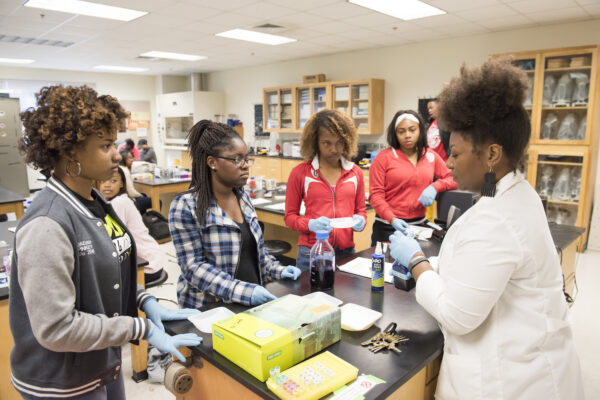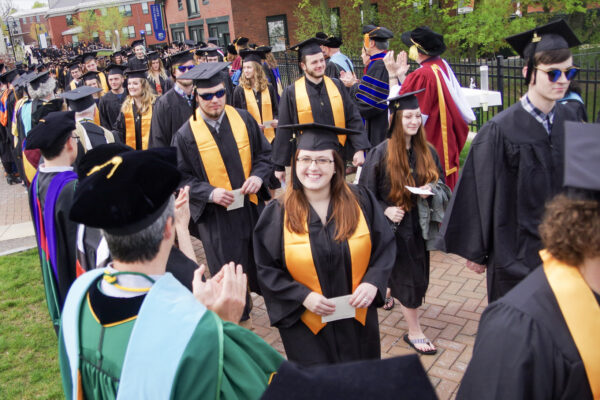Exposing the Gap: Addressing Funding Disparities for HBCUs
Title: Achieving Financial Equity and Justice for HBCUs
Author: Denise Smith
Source: The Century Foundation
The Century Foundation recently released a report that draws attention to the historical and systemic lineage of public underfunding for historically Black colleges and universities (HBCUs). The report outlines the financial implications for these institutions, their longevity, and the Black families and communities they serve. Key findings from the report include:
- The endowment gap between non-HBCUs and HBCUs is irrefutable and extensive.
- Non-HBCUs have strikingly larger endowments than their HBCU peers.
- Recent data highlights that average endowments of public HBCUs are $7,265 per student and $24,989 per student at private HBCUs compared to the average endowment of $25,390 per student at public colleges and $184,409 at private institutions. This data illustrates alarming inequities in funding for institutions that traditionally serve first-generation, Pell-eligible, low-income students.
- The underfunding of HBCUs has placed HBCU students and parents, more specifically Black families, in financial turmoil due to high borrowing and loan debt. The report suggests that HBCUs need at minimum $53 billion in endowment funds to ease the financial burden of these students and parents.
The report also includes critical considerations for addressing the funding gaps for HBCUs, such as:
- Congressional provision of $40 billion of the targeted $53 billion in endowment funds, with the remainder derived from matching funds from states or private sources.
- Root federal funding in an institution’s enrollment of low-income students, debt levels of stakeholders, indicators of alumni support, and matching of future donations.
- Investment and funding of HBCUs is an opportunity to make amends for decades of discriminatory practices and systemic racism, in addition to emphasizing that equity within postsecondary education is a genuine priority.
To read the full report, click here.
—Brianna Clark
If you have any questions or comments about this blog post, please contact us.


